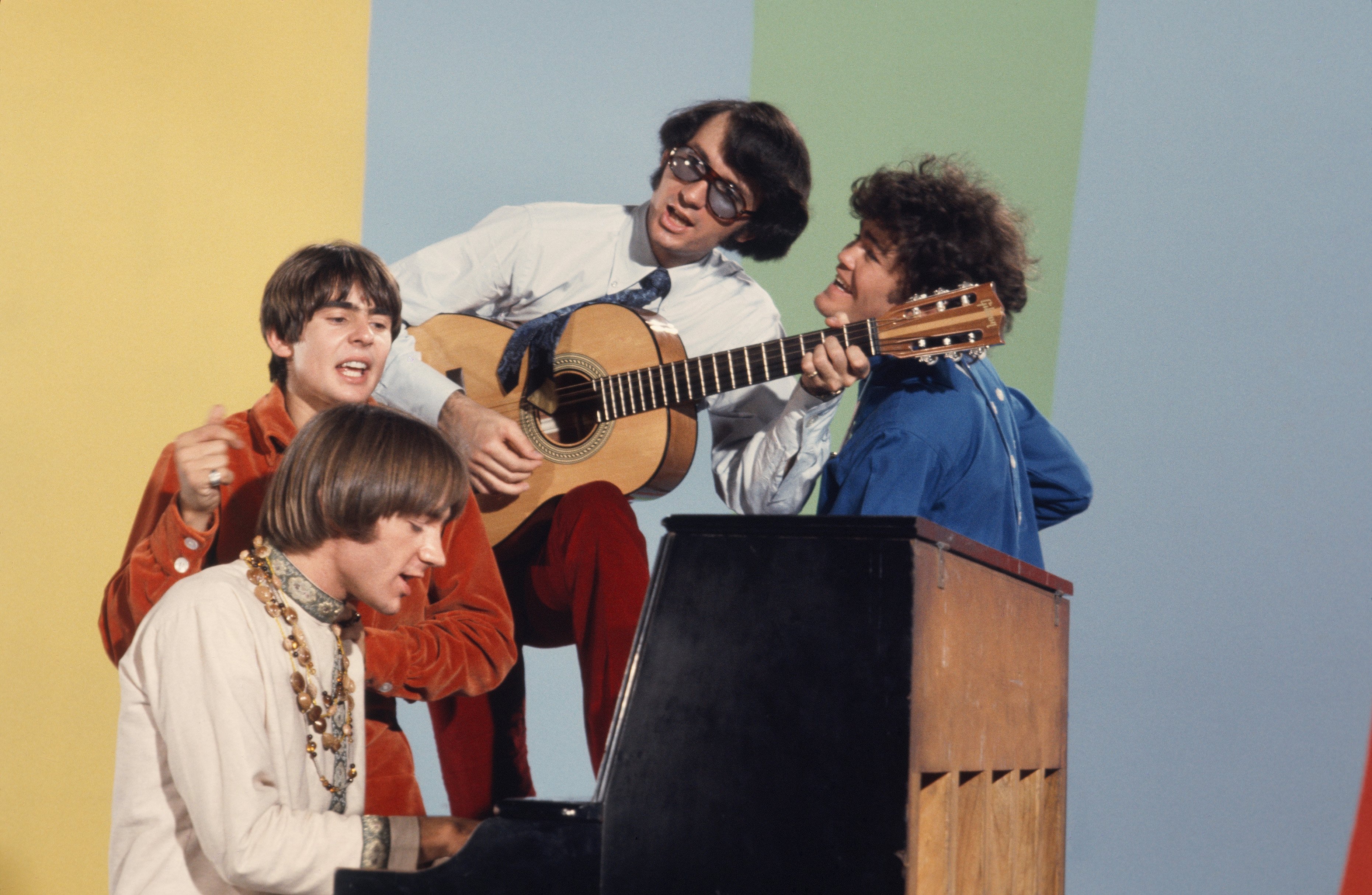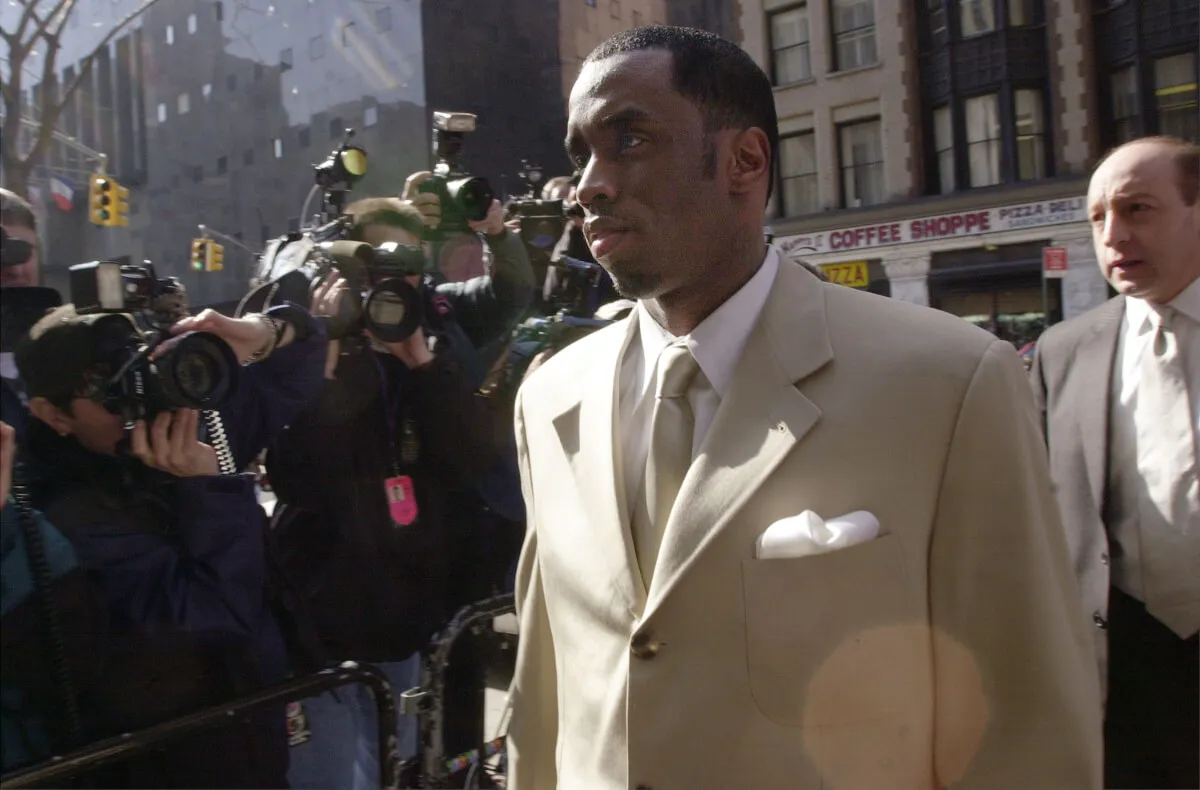The Monkees Track That Features Dolphin Sounds
The Monkees are often seen as the bubblegum pop version of the Beatles, but when they got weird, they got weird. Although they started singing pop tunes like “Last Train to Clarksville,” the band began trying to get a little more psychedelic and experimental. This culminated in a song that incorporates the sounds of a dolphin into its instrumentation.

The shocking movie and soundtrack that came from the Monkees
The Monkees started out as a band on a family-friendly sitcom. However, Rolling Stone reports a creator of the show — Bob Rafelson — wanted to earn some counter-culture credibility. He attempted to get that credibility through the film Head, which is probably the weirdest Hollywood movie ever made based on a sitcom.
There’s nonsensical plotting, fans literally tearing the Monkees apart, the band shrinking and getting stuck in someone’s hair, and an indestructible soda machine. If any film captured the surrealism of psychedelia, this was it. The fact it came from a bubblegum pop group makes it all the more shocking.
The unconventional instrumentation in a track from ‘Head’
The soundtrack to Head is appropriately avant-garde. It includes everything from a self-deprecating song about the Monkees’ image to dialogue snippets from Bela Lugosi. The Monkees had certainly come a long way from their bubblegum roots!
Perhaps the most famous song from the Head soundtrack is “Porpoise Song (Theme from Head).” The acclaimed songwriting duo of Carole King and Gerry Goffin wrote “Porpoise Song.” Like many Monkees tracks, it has a great pedigree.
“Porpoise Song” is emblematic of the rock music of the time. It’s complex with layered instrumentation. Some of the noises from the track are clearly animal noises, though reports differ as to what animal is featured on the song.
According to Rolling Stone, the animal was (appropriately) a porpoise. Listen to Classic Rock! Exploring a Musical Genre, however, says it was a dolphin. The use of animal noises on “Porpoise Song” is similar to the use of goat noises on the Beach Boys’ Pet Sounds, showing the Monkees could keep up with the music of their era.
The legacy of ‘Porpoise Song’
Dolenz told Rolling Stone “Porpoise Song” is one of his favorite tracks to sing. In addition, Rafelson likes “Porpoise Song” better than any other Monkees song. Many fans see “Porpoise Song” as a major artistic triumph.
Sadly, the song was not a commercial success. Billboard reports it only reached No. 62 on the Billboard Hot 100. Regardless, “Porpoise Song” and Head helped some fans and critics take the Monkees more seriously than they previously had. According to the book Long Title, “Porpoise Song” was covered by several bands, including Django Django, Lollipop Train, and The Polyphonic Spree. Clearly, “Porpoise Song” still resonates. It remains a testament to the Monkees’ versatility.


